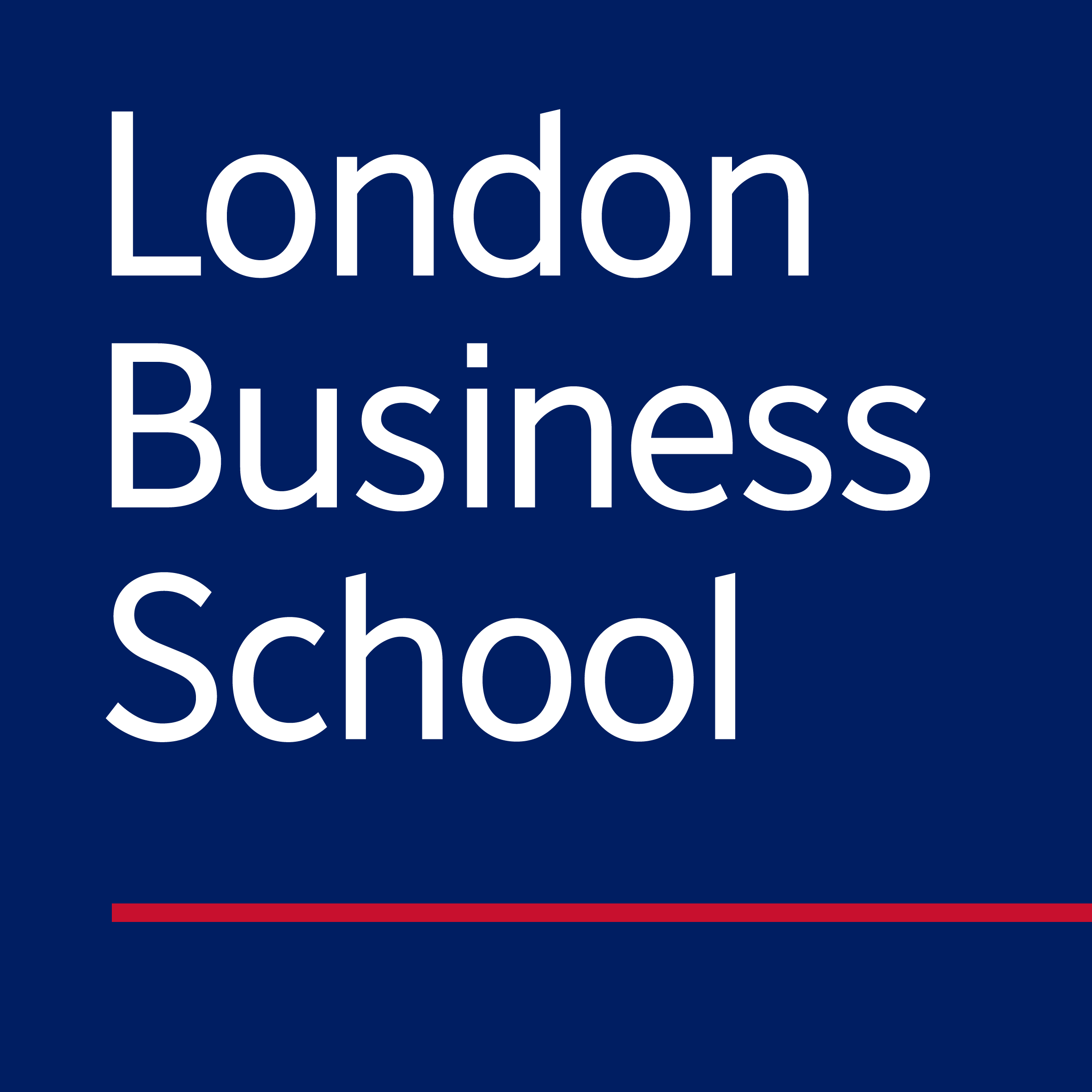Peer Observation is the process of observing others in their teaching, with the overall aim of improving teaching practice. Engaging in Peer Observation is an excellent way to gain insight into your teaching practice and is well suited for those who are new to teaching.
Research shows that Peer Observation brings many benefits to both the individual teaching and the observer (Donnelly, 2007; Hendry & Oliver, 2012; Tenenberg, 2016). The overall aims of Peer Observation are to:
- Enhance teaching practice through critical reflection,
- Enhance quality of student learning, and
- Identify areas of focus for both the person observing and the person teaching.
All types of teaching can be observed and through any modality. The most important aspect of Peer Observation is that there is teaching taking place.
What are the benefits of a Peer Observation?
Peer Observation is an effective means of professional development. For the observee it offers an opportunity to critically reflect on the feedback received and develop confidence in their practice (Shortland, 2004). Whereas the observer becomes inspired to try new strategies and increase self-efficacy (Hendry & Oliver, 2012).
Observing colleagues teaching can:
- trigger reflections on our own practice,
- discuss our experiences,
- learn about new approaches,
- share good practice, and
- help us to plan for meaningful action.
As a means of development, Peer Observation contributes to a culture of improving teaching and learning (Bell & Mladenovic, 2008). It’s also a low-cost approach to development and a recognised process for many professional accreditation schemes, such as AdvanceHE.
Related Documents
This guide is focused on the dynamics of the classroom, not on the content of the course.
1.1 Classroom setting
These questions are valid for the first class or when something changes after that.
- How is the room setup? How does this contribute to the learning activities of the class?
- position of seats and tables
- whiteboards, other equipment, podium
- Where do students sit? in back? down front? In groups?
- disruptions if people come late? (having to find a seat in middle, squeaky doors, etc.)
- The classroom might be online. Consider how the online classroom is managed.
1.2 Organisation of content
- Are there distinct sections to the class?
- How does the faculty member transition between sections?
- How are materials presented in the class time? (projector, handouts, other)
- How are important points emphasized and summarized?
- How does the faculty member offer “real world” application?
- How does the faculty member relate class to course goals, students’ personal goals, or societal concerns?
1.3 Students’ participation
- How does the faculty member create a participatory atmosphere?
- How does the faculty member promote engagement from all students?
- How does the faculty member encourage general attentiveness in class?
- How are student questions encouraged? when? how?
- How are questions handled? repeating them? can everyone hear all questions? are the answers clear?
1.4 Integration of media and technology
- What technology is used during the class? What is it used for? What is its impact?
- How is technology used to engage students, enhance learning, and/or generally enrich students’ class experience?
- How is technology leveraged to facilitate a learning experience that would otherwise not be possible?
1.5 Teaching Activities
The following questions are for different types of in-class activities
1.5.1 Promoting engagement
Specific questions to observe the flow of the class in sessions where the focus is on analysing a topic with contributions from the whole class.
- Who are the active participants and who is trying to avoid engagement?
- Who keeps the discussion going?
- Are all questions and answers relayed to the faculty member or do participants address each other?
- Which participants are listened to when they speak?
- Which are ignored?
- How is silence handled?
- How is the level of questions the faculty member poses to the learners (e.g. lower order factual‐type questions or higher‐order analytic and evaluative‐type questions)
1.5.2 In-class participation
Specific questions to observe work in small groups in the classroom. In these situations, it might be useful to choose one group and ask them if you can observe the interactions.
- How was the group work introduced?
- What were students asked to do?
- Were the directions to the students clearly stated? Why or why not?
- How was the time used by the students during group work? (on task, seeking clarification, distracted by tangents, etc.)
- What did the faculty member do while the students worked in groups? Specifically, what was helpful to the students? What could have been more helpful to the students to use their time effectively?
- How did the faculty member bring the group activity to a close? How did they transition to the next activity? How was the transition effective? How could it have been more effective?
- What else did you observe that is not represented above?
If you would like support or assistance with Peer Observations or any other aspects of your teaching and learning practice, please contact Learning Innovation.
References
Bell, A. & Mladenovic, R., 2008. The benefits of peer observation of teaching for tutor development. Higher Education, Volume 55, pp. 735-752.
Donnelly, R., 2007. Perceived Impact of Peer Observation of Teaching in Higher Education. International Journal of teaching and Learning in Higher Education, 19(2), pp. 117-129.
Hendry, G. & Oliver, G., 2012. Seeing is Believing: The Benefits of Peet Observation. Journal of University Teaching & Learning Practice, 9(1).
Shortland, S., 2004. Peer Observation: a tool for staff development or compliance?. Journal of Further and Higher Education, 28(2), pp. 219-228.
Tenenberg, J., 2016. Learning through observing peers in practice. Studies in Higher Education, 41(4), pp. 756-773.
